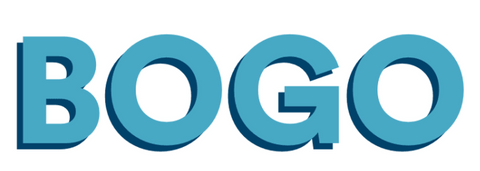Best Piano Book For Kids

The best piano book for kids is the book that gets them interested in the piano. Actually, even more important is your choice of teacher, for even the greatest text presented by a boring pedant will be doomed to failure.
Before you even think about which book to get, consider the child's age, as that has a lot to do with their chances of getting a foothold on the piano, and thus your choice of book.
Compare Ages of Children
A six year old requires a completely different approach from a twelve year old. I'm talking about the teacher, not the book. A six year old will require some gentle babysitting, whereas a twelve year old may be mature enough to dive right in to whatever complexity is required.
And a twelve year old will be insulted (too easy, not cool) if you present them with TWINKLE TWINKLE but a six year old may be delighted.
Six requires humor and extreme patience. Twelve requires the teacher to engage the child with material that has some meaning to them.
Piano Is Easy
Let's assume you have a six year old who knows nothing about the piano. You can safely assume that reading music will be too difficult in the beginning, given that 90% of the children taught piano with ONLY reading music will quit, and soon.
You need to find a starting method, a musical language much easier than reading music, just at the start of lessons. (The twelve year old may be ready right away for the complexity of reading music.)
Conventional Piano Methods
All reading-music-based conventional piano methods are the same. They start with the first five notes, C D E F G or 1 2 3 4 5 in Piano By Number.
They then proceed to introduce permutations of that sequence 1 2 3 4 5, like this:
1 3 4 5
5 4 3 2 1
1 3 4 5 2 etc. ad infinitum.
Here's an online piano to try permutations:
1 2 3 4 5 (I'm A Little Teapot)
1 3 4 5 (Saints Go Marching In)
1 1 2 1 4 3 (Happy Birthday)
1 2 3 3 2 1 2 3 1 (Alouette)
Notice that it was easy for you to play the numbers, because the language (the numbers) is so simple that it is impossible NOT to understand it, even for a four year old.
TWINKLE TWINKLE (in numbers)
| 1 1 5 5 | 6 6 5 * | 4 4 3 3 | 2 2 1 * |
Now imagine that TWINKLE TWINKLE was presented in the format shown below, which is what conventional piano lessons do:

Let's examine the dimensions that must be deciphered in the above example:
1. What are the five lines?
2. What about the spaces in between the lines?
3. What is a note?
4. Why does the circle of the note have a vertical line next to it?
5. What is the note with the little line at the bottom the five lines? Why is it different from the other notes?
6. Why are the circles of some notes solid, and others transparent?
7. What is the distance from one note to another?
Too Many Dimensions For A Child
The list above is is endless and by no means complete, and ultimately confusing to younger kids. It's too many dimensions for their young brains to correlate.
So, the answer to your question, "What is the best piano book for kids," is two-fold:
1. What is the age of the child? If they are younger the method must be transparent and fun.
2. What is the personality of the child? Does their mind wander or are they able to focus for a few minutes?
There is no one method that fits all. Every child is different, and even chronological age doesn't equate to physical dexterity.
REFERENCES
Piano Lessons
Piano Books For Young Children
Free Piano Books For Beginners
Piano Instruction Books For Children
Beginning Piano Books For Children
The First Piano Lesson
A Piano Lesson Minute By Minute
Toys and Accessories for a Fun Piano Lesson
A Short History of Piano Methods
Pace and Children’s Piano Lessons
Piano Learning Steps For Kids
Piano Lessons In Your Home New Milford CT.
How To Make Piano Lessons Interesting
Piano Lesson Books For Children Compared
The Truth About Group Piano Lessons
Longevity and Piano Lessons
Google Classroom and Piano By Number
Webcam Piano Lessons Are Good For Kids





